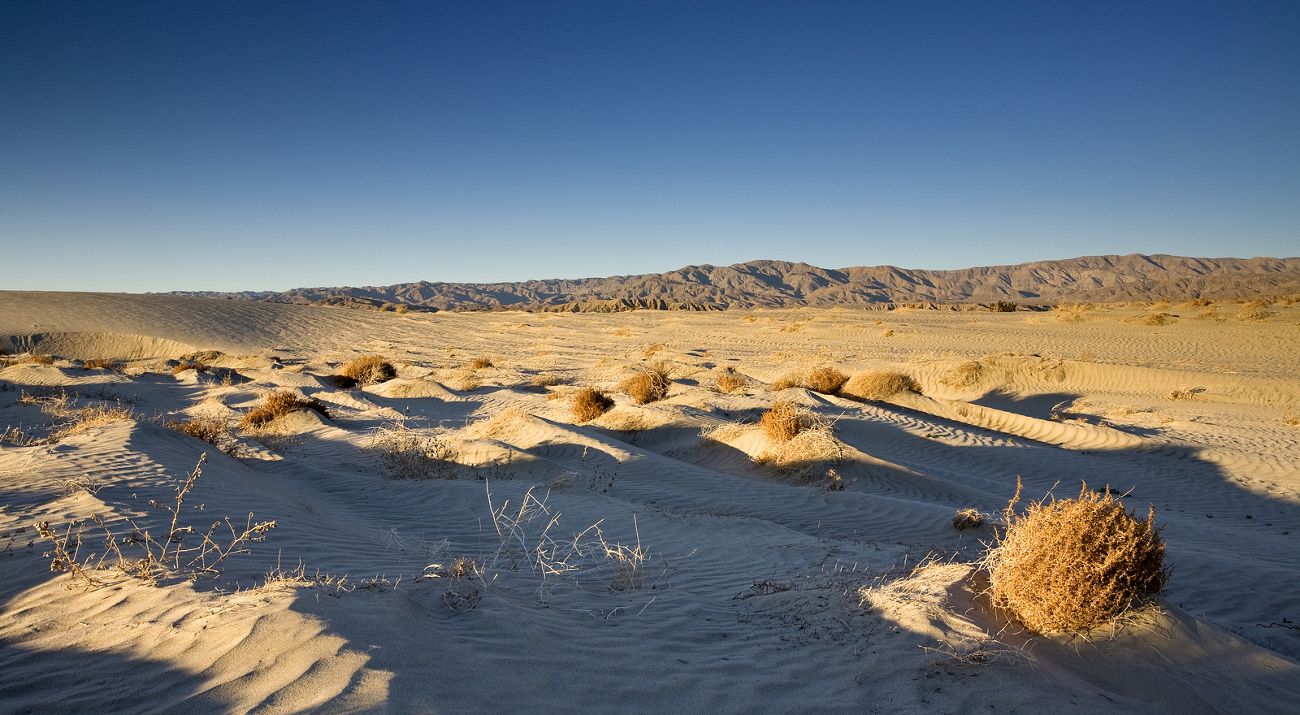Description
In 1980 a lizard small enough to fit in the palm of your hand brought the $19 billion Coachella Valley construction boom to a screeching halt.
When the lizard was placed on the endangered species list by the U.S. Fish and Wildlife Service, all development was jeopardized because it might illegally destroy habitat for the Coachella Valley fringe-toed lizard.
A six-year conflict ensued as environmentalists battled developers over the fragile desert habitat. Finally, TNC was called in to resolve the bitter stalemate, and the result was a remarkable model of cooperation through which endangered species and economic development could co-exist.
Building New Partnerships
TNC proposed creating a nearly 14,000-acre preserve that would provide permanent protection for the little reptile and other desert species, while allowing developers to build elsewhere in the valley.
Dauntingly, the several thousand acres of the proposed preserve were held by dozens of different owners. At this point TNC called for a meeting with everyone involved in the fight—35 individuals in total—including members of local governments, representatives from state and federal agencies, developers, conservationists, union members and business leaders.
While this may sound like common sense now, this willingness to invite disparate players to the negotiating table was unimaginable at the time.
The Coachella Solution
It was a great experiment in cooperation that produced astonishing results. The creation of the Coachella Valley Preserve proved that through consensus, economic development and species protection can indeed be compatible. The “Coachella solution” pioneered an approach that quickly became a hallmark of TNC and now is in use throughout the country.
From our partnership in the Northern Sierras to our work with the Department of Defense or in the Coachella Valley, TNC has shown time and again that bringing disparate partners to the table, however large that table must be, can lead to remarkable success.



